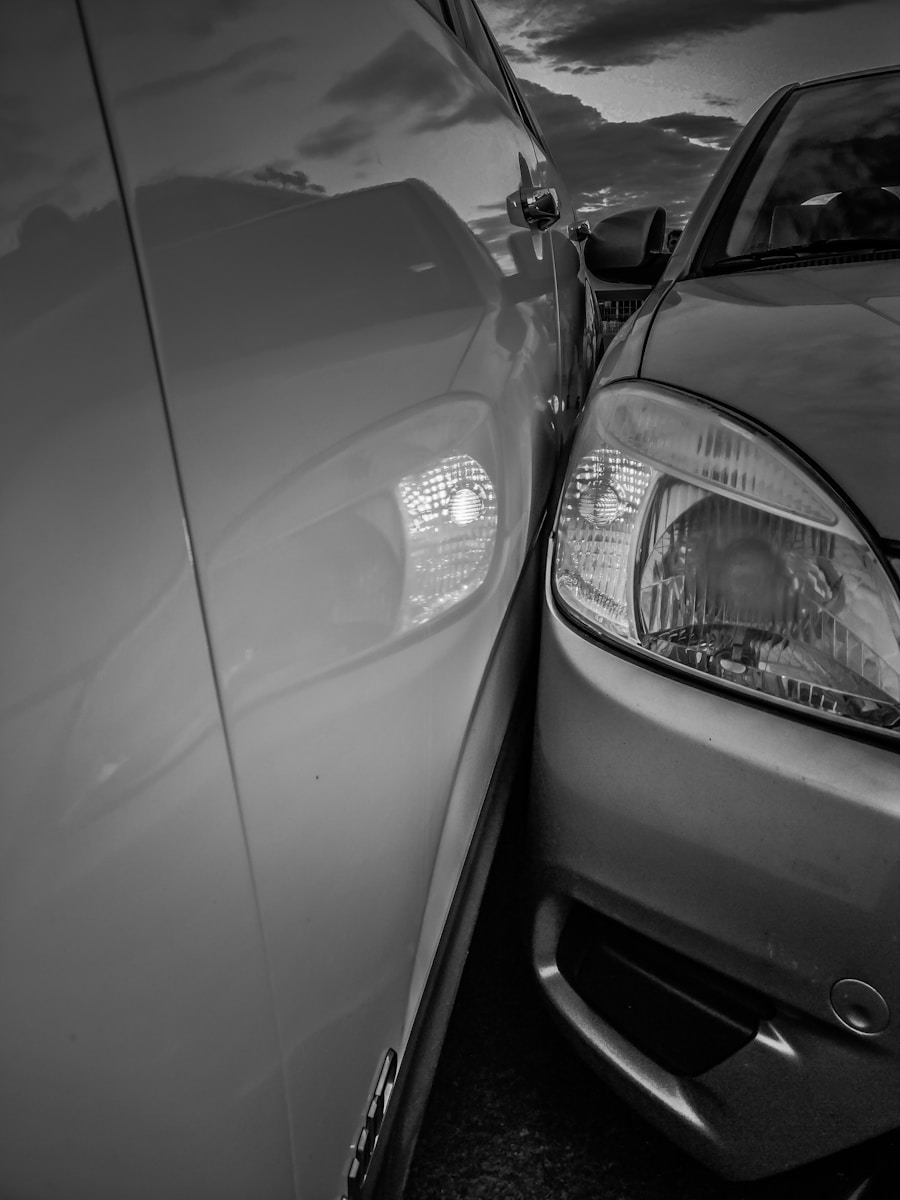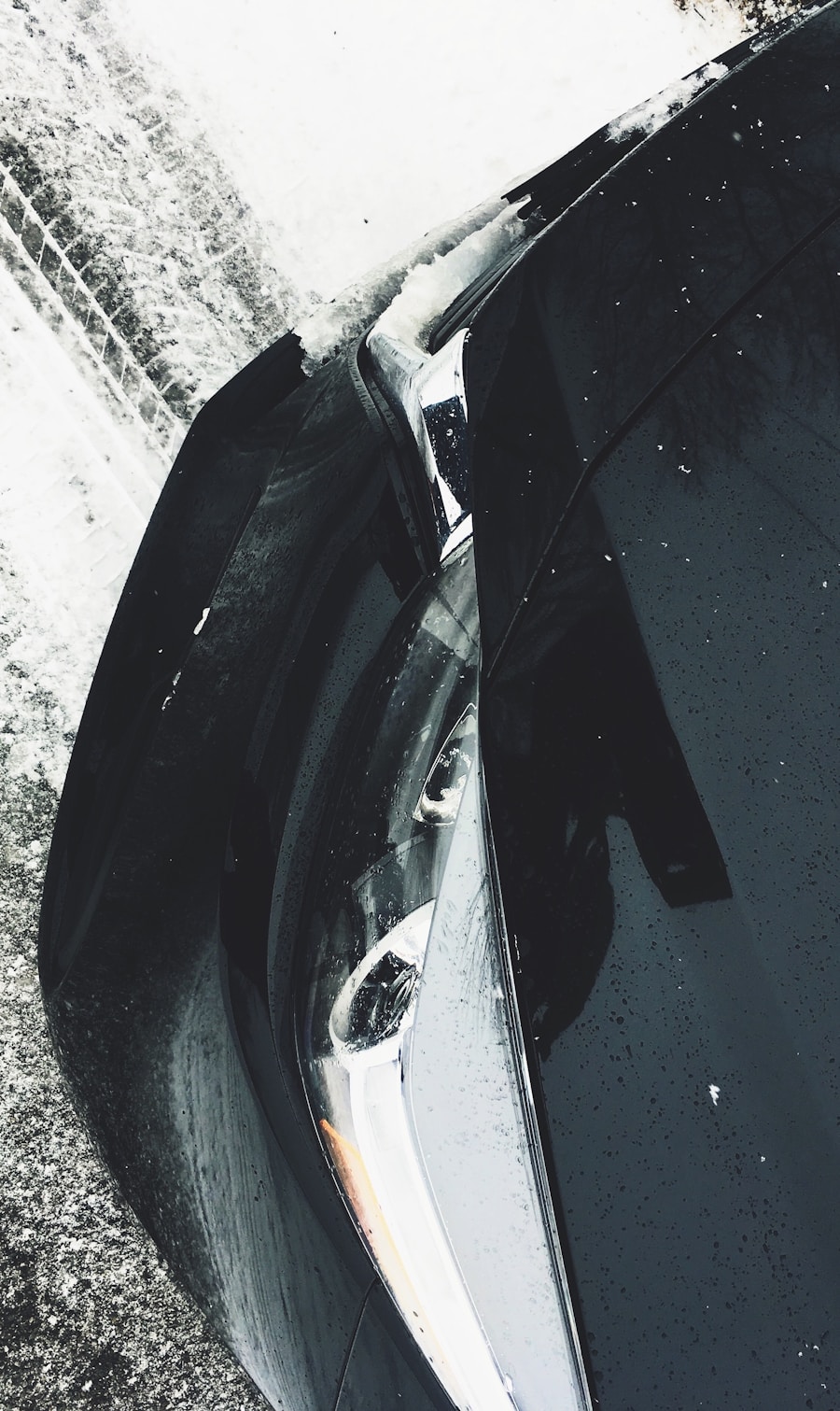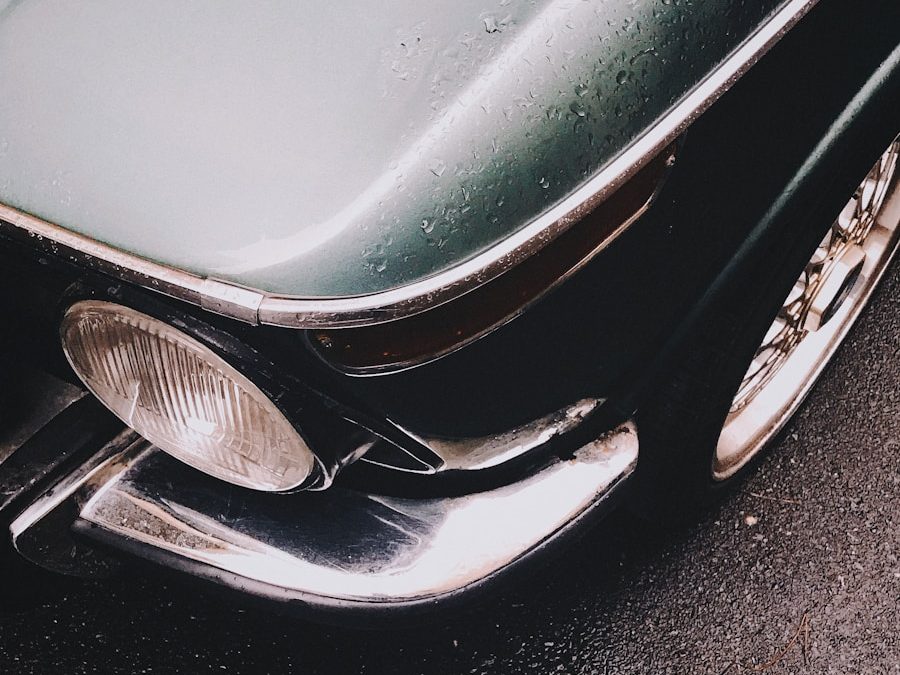Navigating the complexities of auto insurance can be daunting, especially when faced with the aftermath of an accident.
Auto insurance typically consists of several components, including liability coverage, collision coverage, comprehensive coverage, and uninsured/underinsured motorist coverage.
Each of these elements serves a distinct purpose and can significantly impact how your claim is handled after an accident. Liability coverage is often mandated by law and protects you financially if you are found at fault for an accident that causes injury or property damage to another party. Collision coverage, on the other hand, covers damage to your own vehicle resulting from a collision, regardless of fault.
Comprehensive coverage extends beyond collisions, covering damages from non-collision incidents such as theft, vandalism, or natural disasters. Understanding these distinctions is crucial; for instance, if you only have liability coverage and are involved in an accident where your vehicle is damaged but you are not at fault, you may find yourself facing significant out-of-pocket expenses for repairs.
Key Takeaways
- Understanding Your Coverage: Know what your insurance policy covers and what it doesn’t to avoid any surprises after an accident.
- Reporting the Accident: Promptly report the accident to your insurance company to start the claims process and avoid any potential issues with coverage.
- Documenting the Damage: Take photos and gather all relevant information about the damage to your vehicle to support your claim.
- Getting an Estimate: Obtain multiple estimates from reputable repair shops to ensure you are getting a fair assessment of the damage.
- Choosing a Repair Shop: Select a repair shop that is certified and has a good reputation to ensure quality work on your vehicle.
- Dealing with the Insurance Adjuster: Be prepared to negotiate with the insurance adjuster and provide all necessary documentation to support your claim.
- Understanding the Claims Process: Familiarize yourself with the claims process to know what to expect and how to navigate through it effectively.
- Finalizing the Settlement: Review and understand the terms of the settlement before finalizing to ensure you are adequately compensated for the damage to your vehicle.
Reporting the Accident
Once an accident occurs, the immediate priority should be to ensure safety and report the incident to the appropriate authorities. In most jurisdictions, it is a legal requirement to report accidents that result in injury or significant property damage. This typically involves calling the police to file a report, which can serve as an official record of the incident.
When reporting the accident, it is essential to provide accurate information regarding the circumstances, including the time, location, and details of the vehicles involved. In addition to notifying law enforcement, it is also important to inform your insurance company as soon as possible. Most insurance policies require prompt reporting of accidents to initiate the claims process.
When contacting your insurer, be prepared to provide them with all relevant details about the accident, including any police report numbers and contact information for other parties involved. This initial communication sets the stage for how your claim will be processed and can influence the speed and efficiency with which it is handled.
Documenting the Damage

Thorough documentation of the damage sustained in an accident is vital for a successful insurance claim. This process begins at the scene of the accident, where taking photographs can provide visual evidence of the damage to all vehicles involved. Capturing multiple angles and close-ups of any dents, scratches, or other forms of damage can help paint a clear picture for your insurance adjuster later on.
Additionally, documenting any visible injuries sustained by yourself or passengers can also be crucial in establishing the extent of damages. Beyond photographs, gathering witness statements can further bolster your claim. If there are bystanders who witnessed the accident, their accounts can provide additional context and support your version of events.
Collecting contact information from these witnesses is essential, as their statements may be sought after by your insurance company or even in legal proceedings if necessary.
Getting an Estimate
| Company | Response Time | Accuracy | Customer Reviews |
|---|---|---|---|
| Company A | 24 hours | 90% | 4.5/5 |
| Company B | 48 hours | 85% | 4.2/5 |
| Company C | 12 hours | 95% | 4.8/5 |
After documenting the damage, the next step involves obtaining an estimate for repairs. This estimate serves as a critical component of your insurance claim and helps determine how much compensation you may receive. Many insurance companies have preferred repair shops that they work with regularly; however, you are not obligated to use these shops.
It is advisable to seek estimates from multiple repair facilities to ensure you receive a fair assessment of the necessary repairs. When obtaining estimates, it is important to ensure that they are detailed and itemized. A comprehensive estimate should outline all necessary repairs, parts required, labor costs, and any additional fees that may apply.
This level of detail not only provides clarity but also serves as a strong basis for negotiations with your insurance company. If discrepancies arise between estimates from different shops, having multiple assessments can help substantiate your claim and advocate for a fair settlement.
Choosing a Repair Shop
Selecting the right repair shop is a crucial decision that can significantly impact both the quality of repairs and your overall experience during the claims process. While many individuals may feel inclined to choose a shop based solely on convenience or proximity, it is essential to consider factors such as reputation, certifications, and customer reviews. Researching local repair shops can provide insight into their track record and help you make an informed choice.
Additionally, consider whether the repair shop offers warranties on their work. A reputable shop will often guarantee their repairs for a specified period, providing peace of mind that any issues arising post-repair will be addressed without additional costs. Engaging with repair shops that have established relationships with your insurance company can also streamline the claims process; these shops may have experience navigating insurance claims and can help facilitate communication between you and your insurer.
Dealing with the Insurance Adjuster

Once you have reported the accident and submitted your claim, an insurance adjuster will be assigned to evaluate your case. The adjuster’s role is to assess the damages and determine how much compensation you are entitled to based on your policy coverage and the specifics of the accident. It is essential to approach this interaction with preparation and professionalism; being well-informed about your policy and having all necessary documentation readily available will facilitate a smoother process.
During discussions with the adjuster, be clear and concise in presenting your case. Provide them with all relevant information regarding the accident, including documentation of damages and estimates from repair shops. It is also important to remain calm and composed; adjusters are trained professionals who may employ various tactics during negotiations.
Understanding that their goal is often to minimize payouts can help you navigate these discussions more effectively. If you feel that an offer is inadequate or unfair based on your documentation, do not hesitate to negotiate or seek further clarification on how they arrived at their assessment.
Understanding the Claims Process
The claims process can often feel overwhelming due to its complexity and varying timelines depending on individual circumstances. After filing your claim and submitting all necessary documentation, including police reports and repair estimates, the insurance company will begin their investigation. This phase typically involves reviewing all submitted materials and may include interviews with involved parties or witnesses.
Once the investigation is complete, the adjuster will determine whether your claim is approved or denied. If approved, they will outline the compensation amount based on their assessment of damages and policy coverage limits. It is important to note that this process can take time; factors such as the severity of damages or disputes over fault can prolong resolution.
Staying in regular communication with your adjuster can help keep you informed about any developments in your case and ensure that you are aware of any additional information they may require.
Finalizing the Settlement
After navigating through the claims process and reaching an agreement with your insurance company regarding compensation, it is time to finalize the settlement. This step involves reviewing all terms outlined in the settlement agreement carefully before signing anything. Ensure that you fully understand what is being offered and how it aligns with your expectations based on documented damages and repair estimates.
Once you agree to the settlement terms, it is essential to keep copies of all documents related to the settlement for your records. This includes any correspondence with your insurance company as well as receipts for repairs completed on your vehicle. In some cases, settling may involve signing a release form that waives your right to pursue further claims related to this incident; understanding this implication is crucial before proceeding.
By being diligent throughout this process and maintaining thorough records, you can ensure that you are adequately compensated for your losses while protecting yourself from potential future disputes related to the accident.
If you’re looking for more information on auto insurance, check out this article on Fair Shot Financial. It provides valuable insights on different types of coverage, how to choose the right policy, and tips for saving money on your premiums. Understanding your auto insurance policy is crucial, especially after a fender bender in a parking lot, so be sure to educate yourself on the topic to ensure you’re adequately protected.
FAQs
What should I do immediately after a fender bender in a parking lot?
After a fender bender in a parking lot, you should first check for any injuries and then move your vehicle to a safe location if possible. Exchange insurance and contact information with the other driver involved, and take photos of the damage and the scene.
Do I need to report a fender bender in a parking lot to my insurance company?
Yes, it is important to report the fender bender to your insurance company, even if the damage seems minor. This will help protect you in case the other driver decides to file a claim later on.
Should I file a police report for a fender bender in a parking lot?
It is a good idea to file a police report for a fender bender in a parking lot, especially if the other driver is uncooperative or if there is significant damage. The police report can provide an official record of the incident.
What information should I exchange with the other driver after a fender bender in a parking lot?
After a fender bender in a parking lot, you should exchange insurance information, contact information, and vehicle registration details with the other driver involved. It is also helpful to take down the make, model, and color of the other vehicle.
How does insurance coverage work for a fender bender in a parking lot?
Insurance coverage for a fender bender in a parking lot will depend on the specific details of your policy. Generally, your collision coverage would apply to cover the damage to your vehicle, and liability coverage would apply if you are found at fault for the accident.


